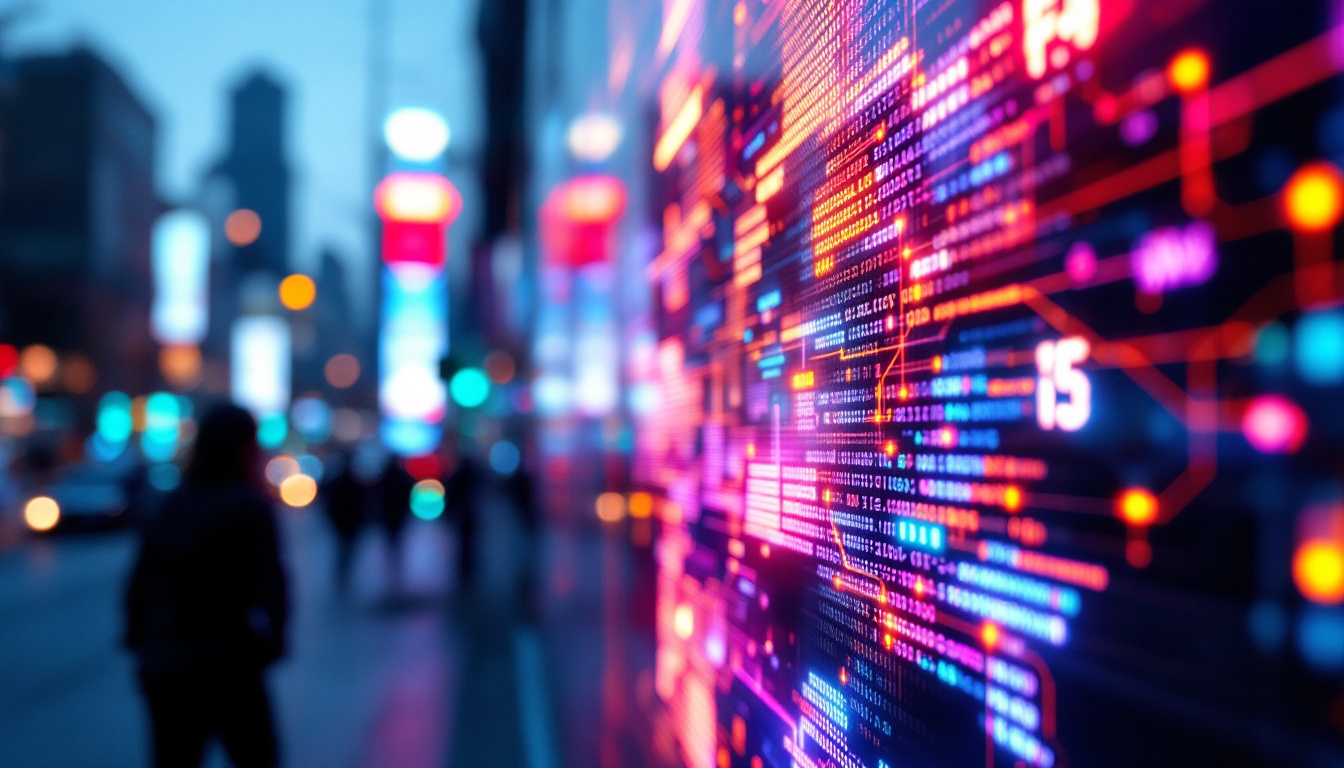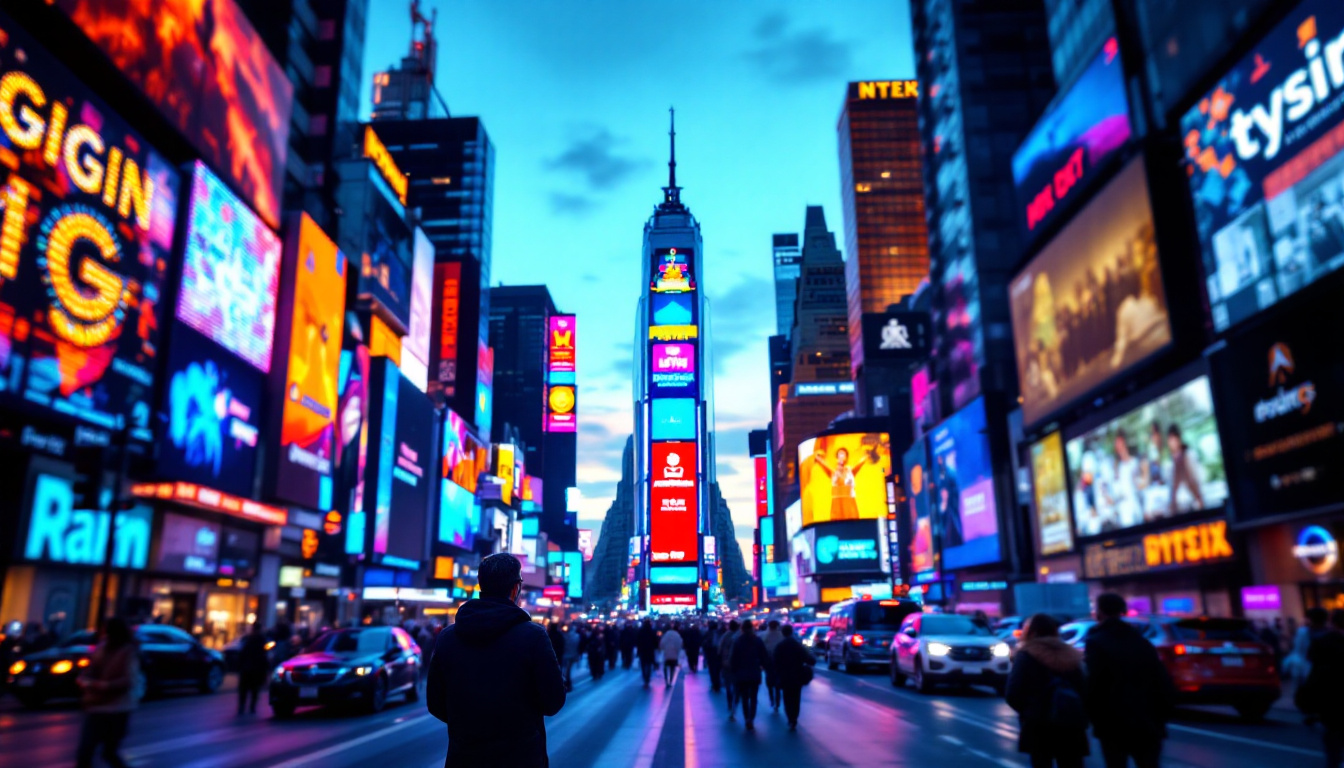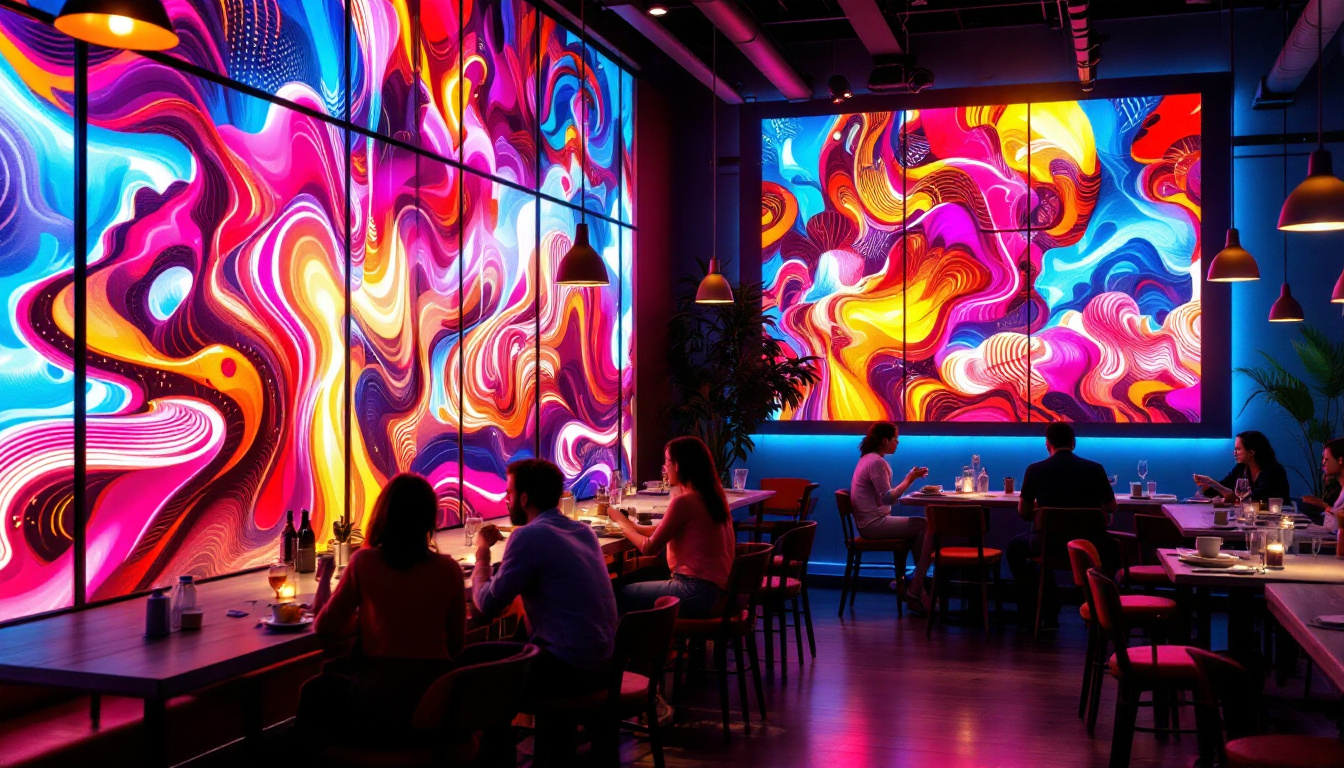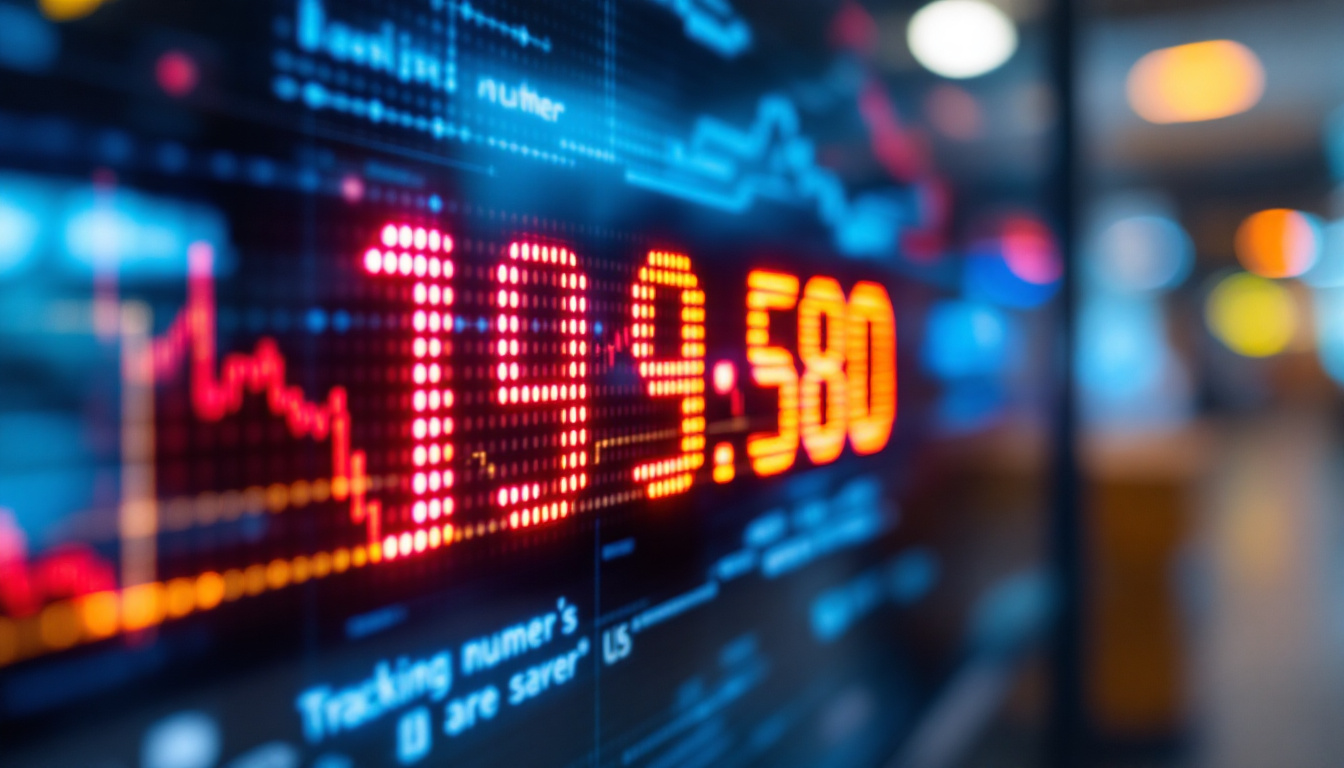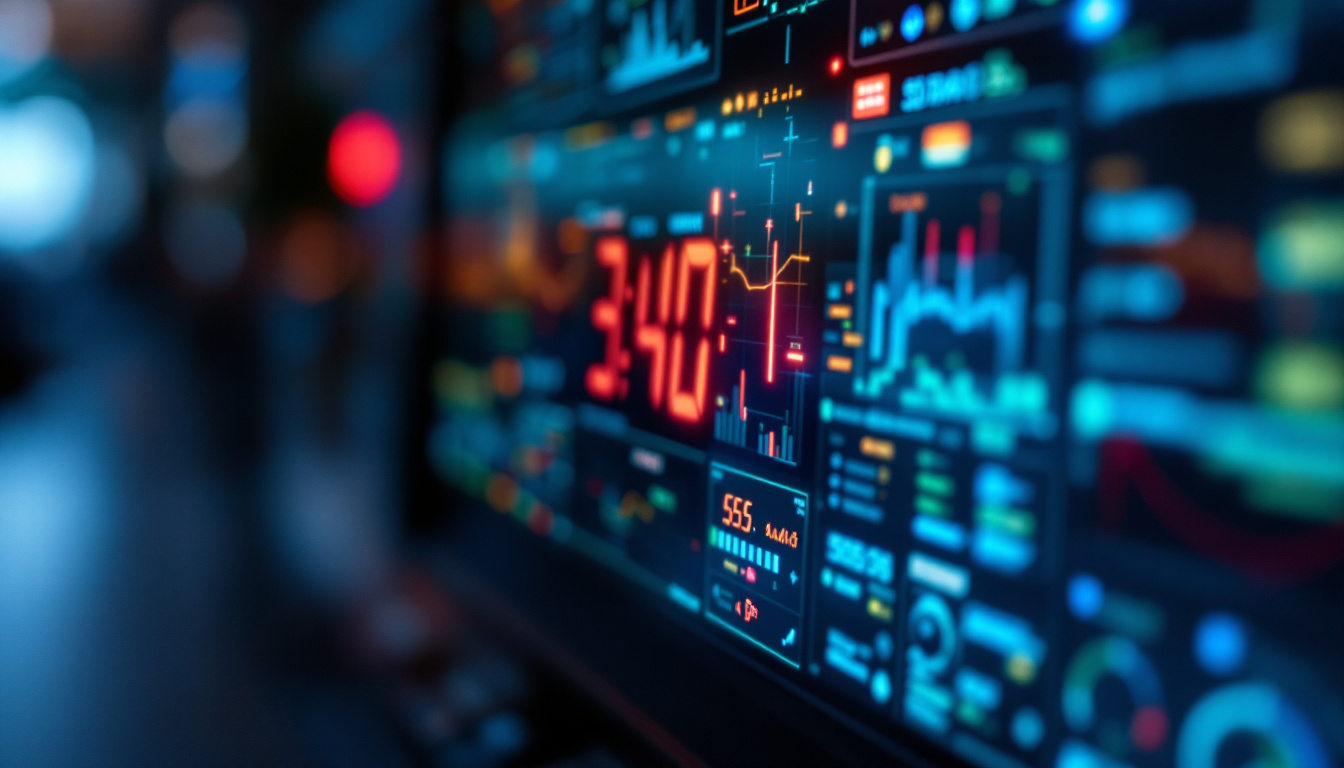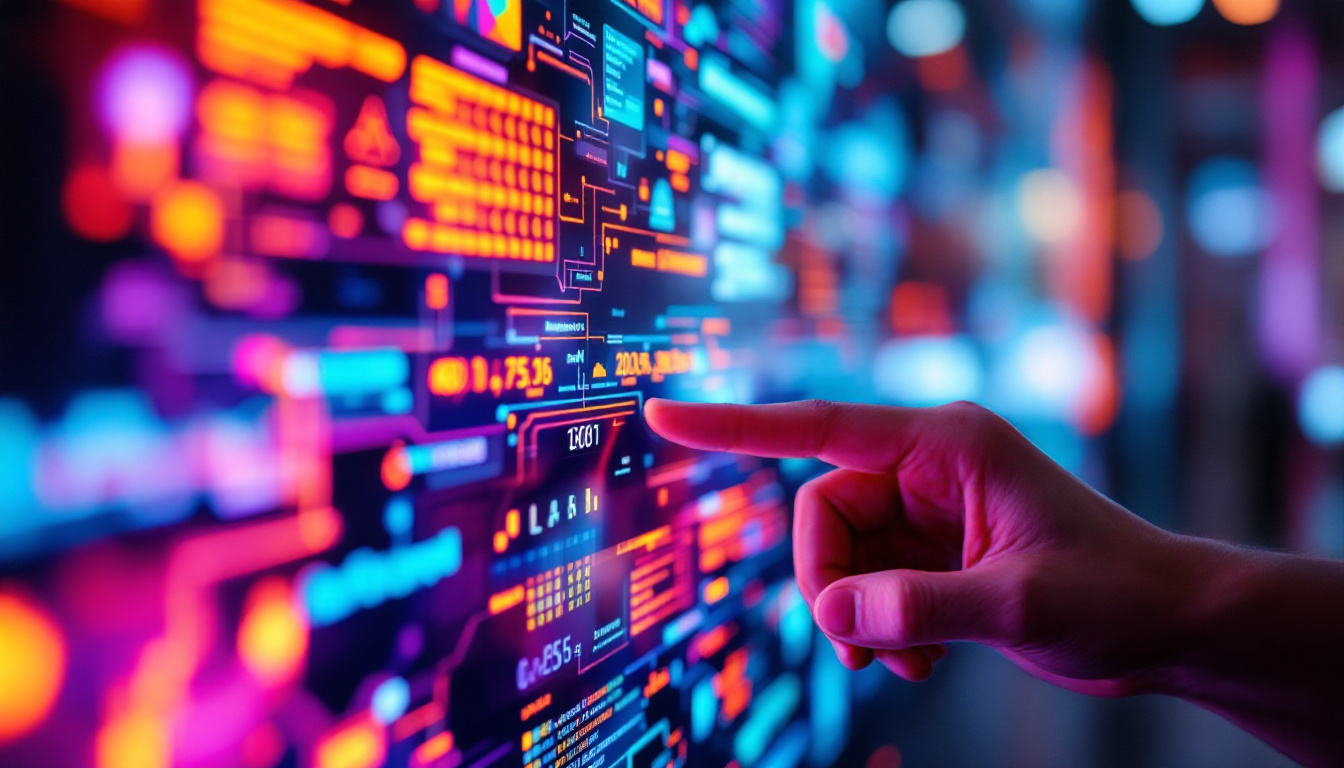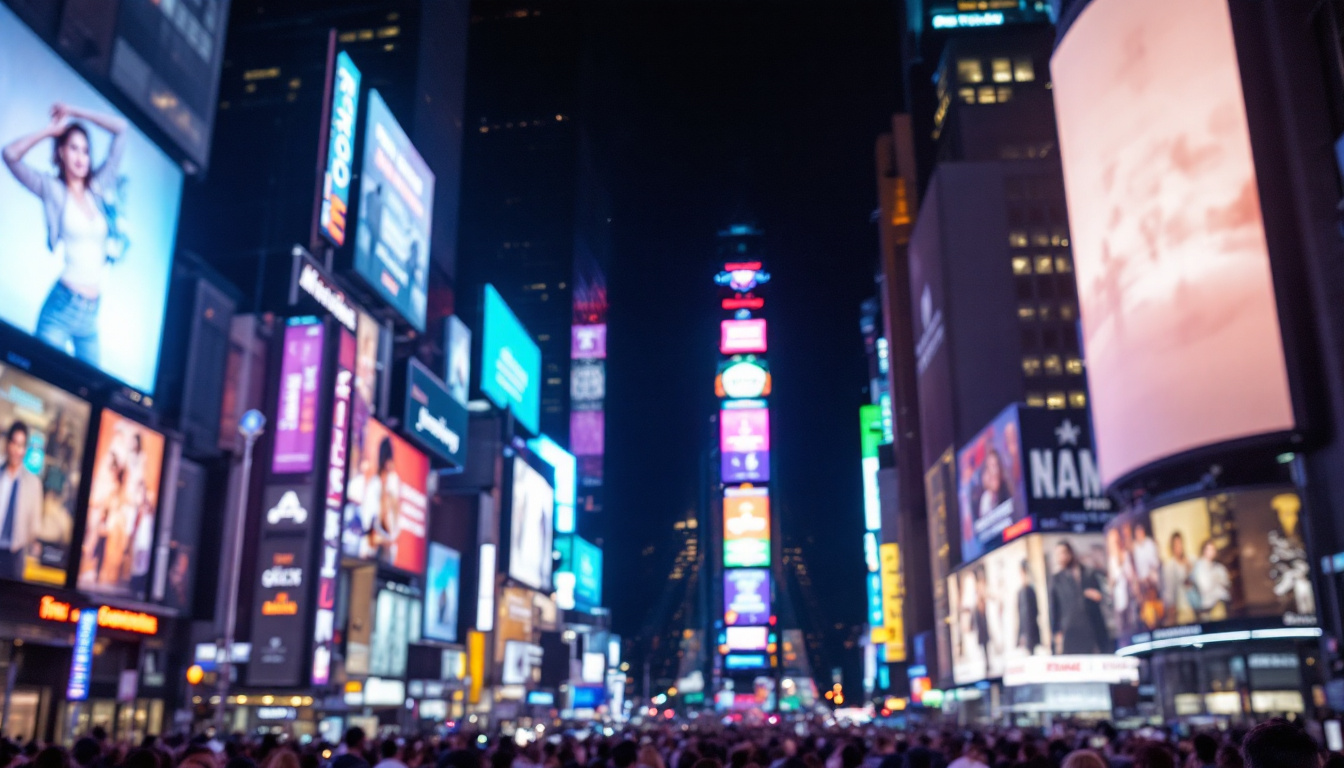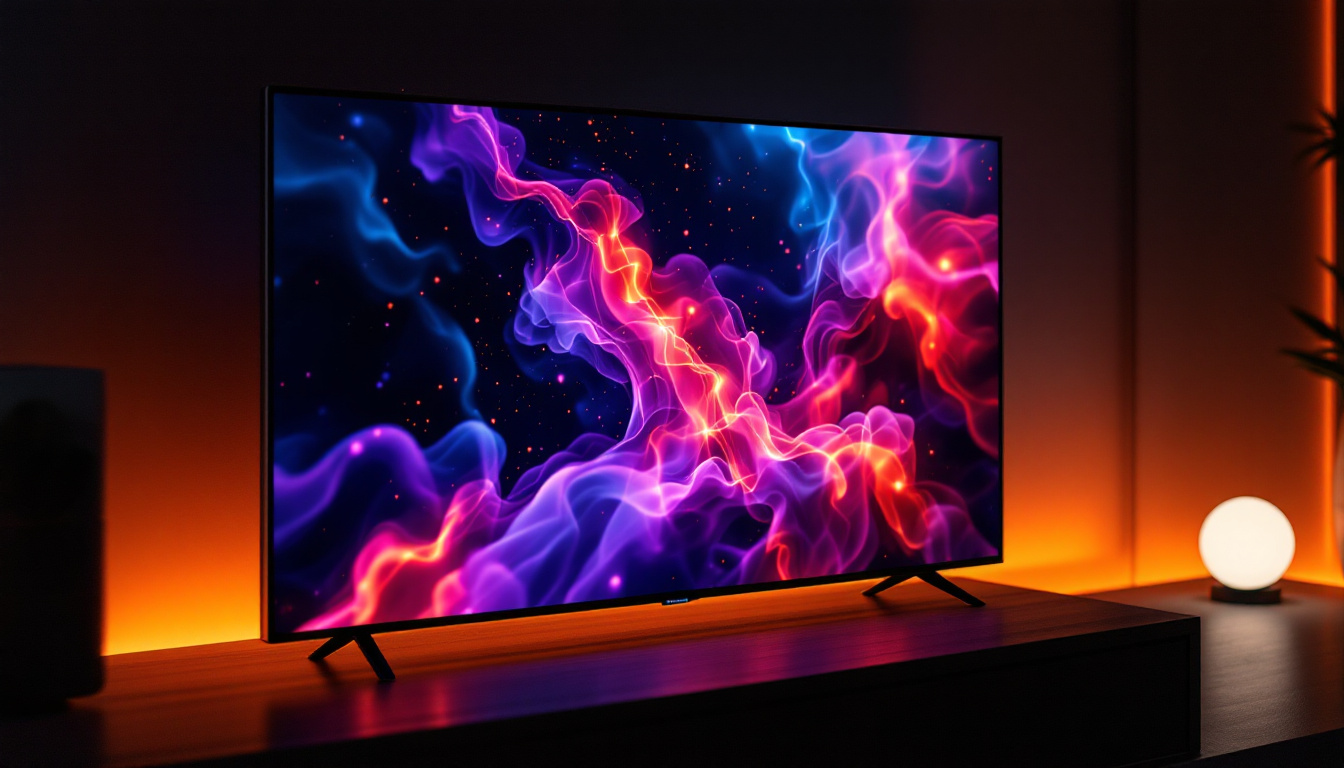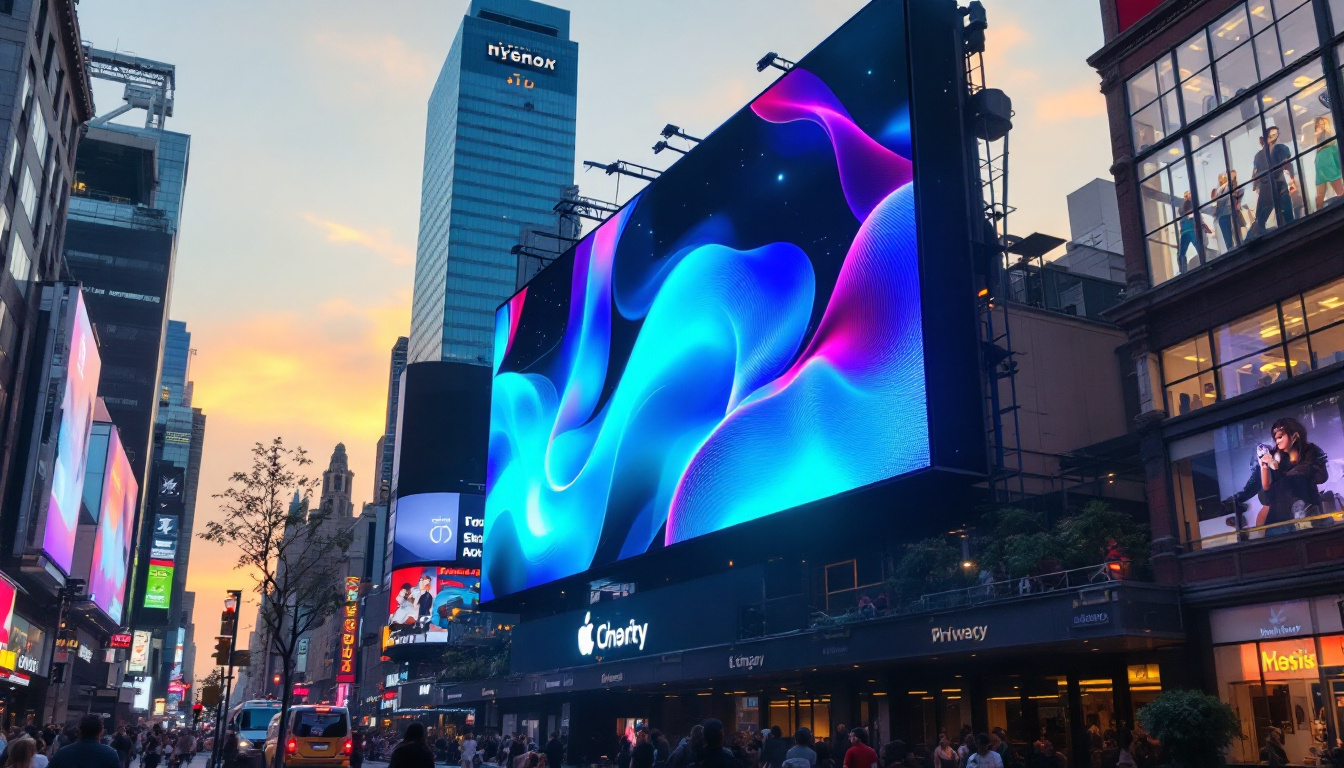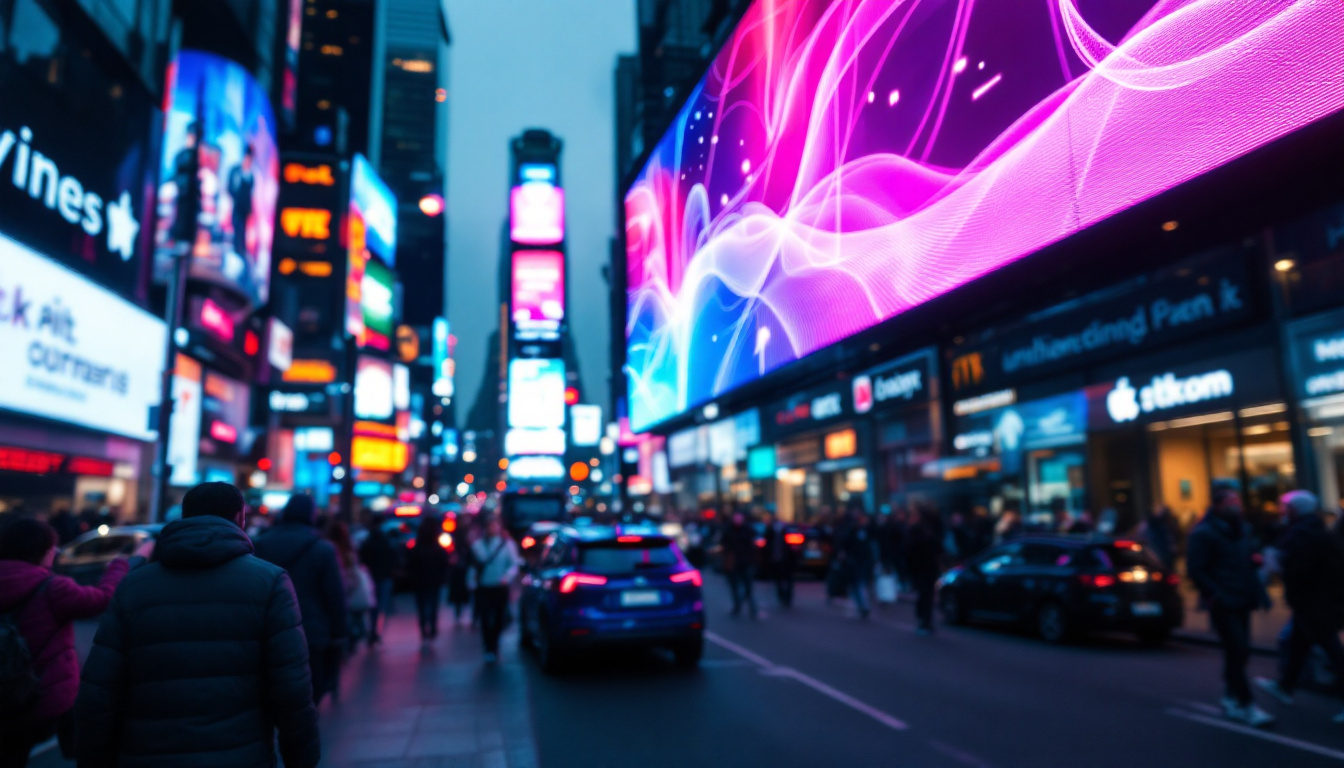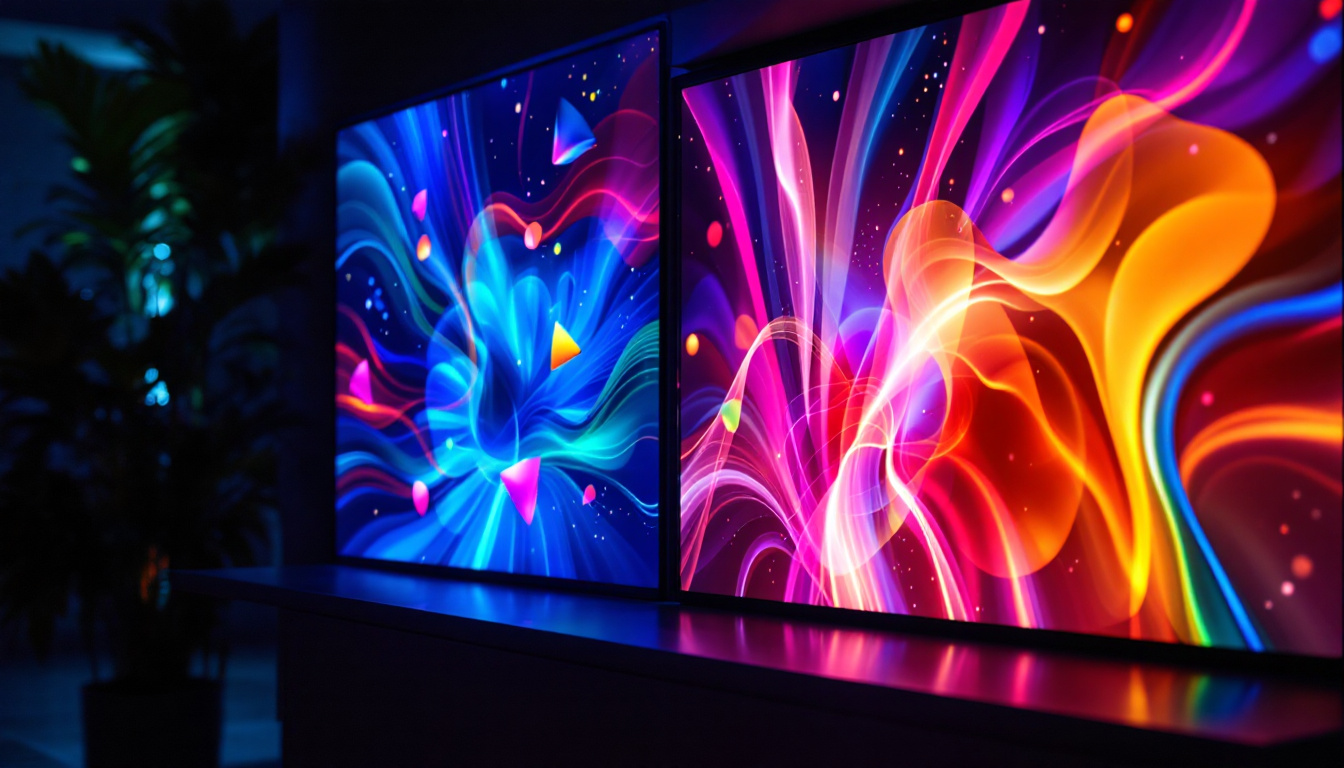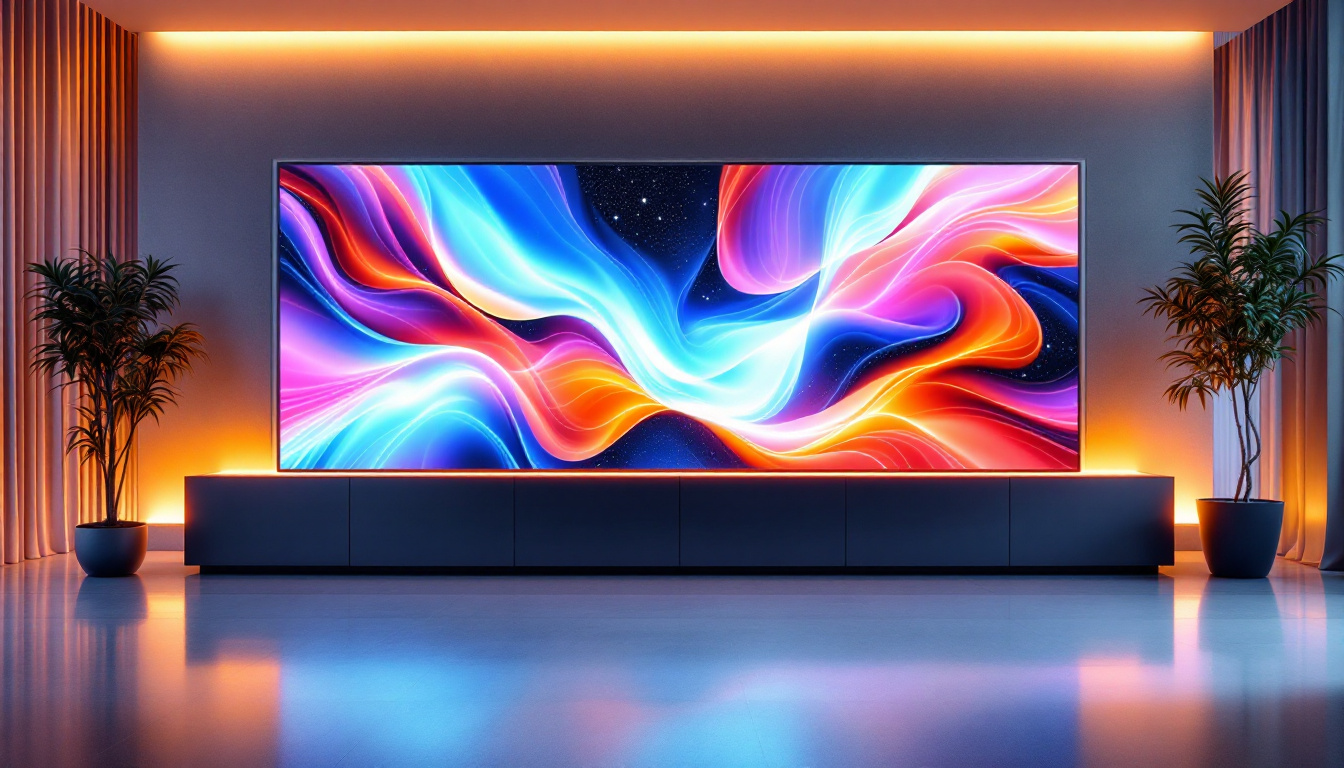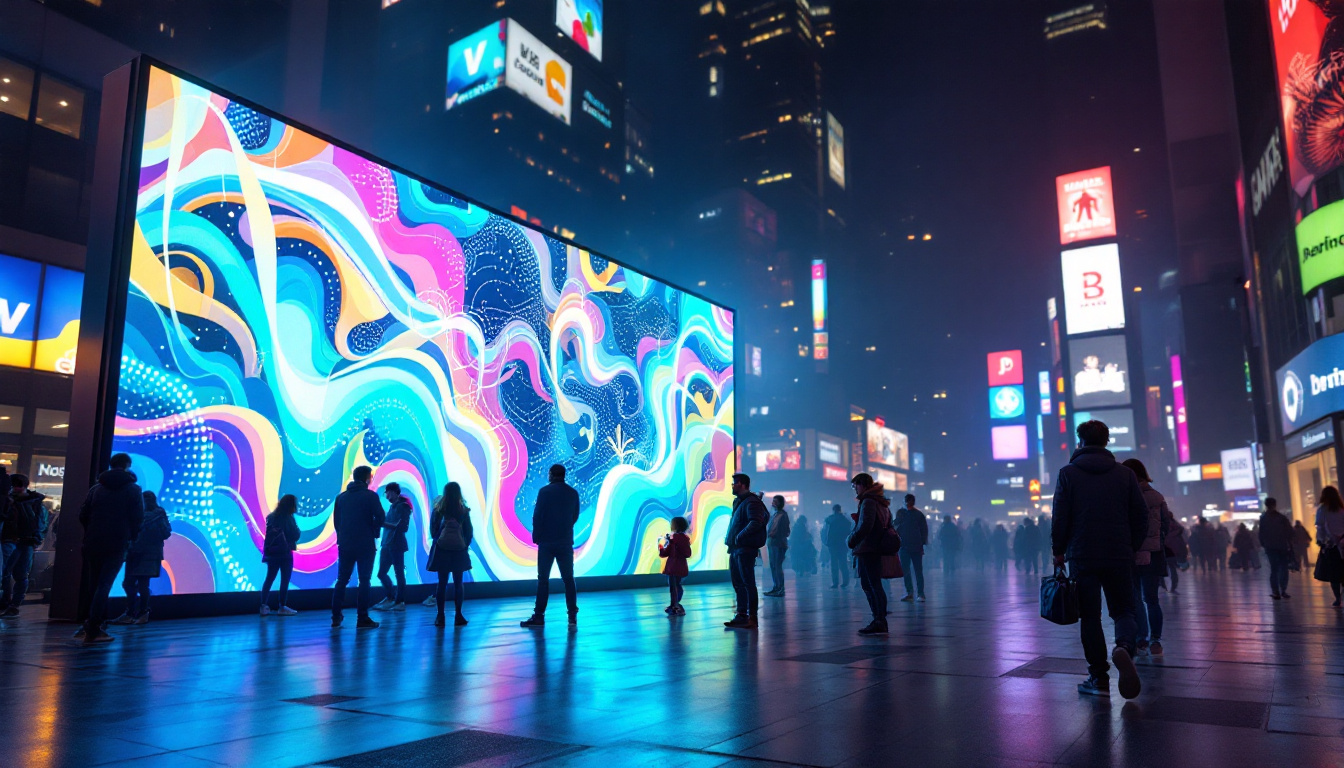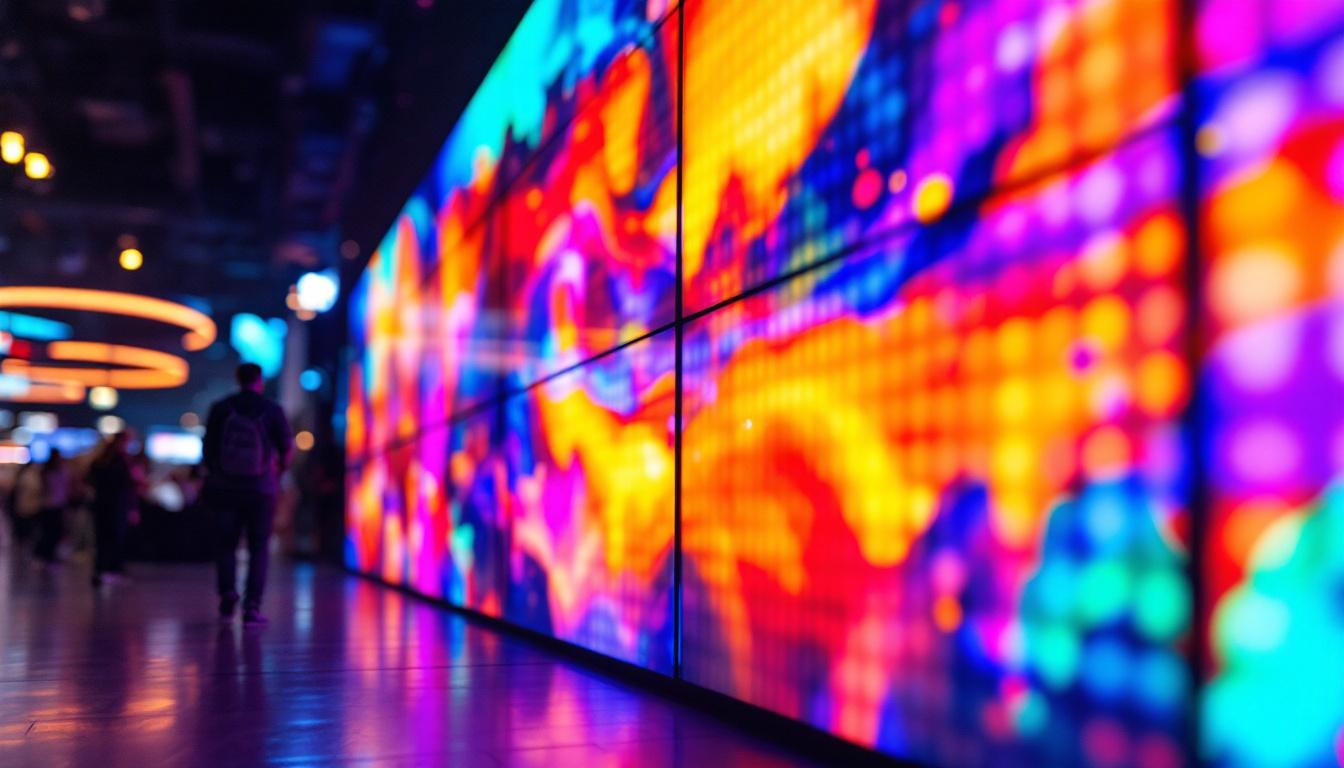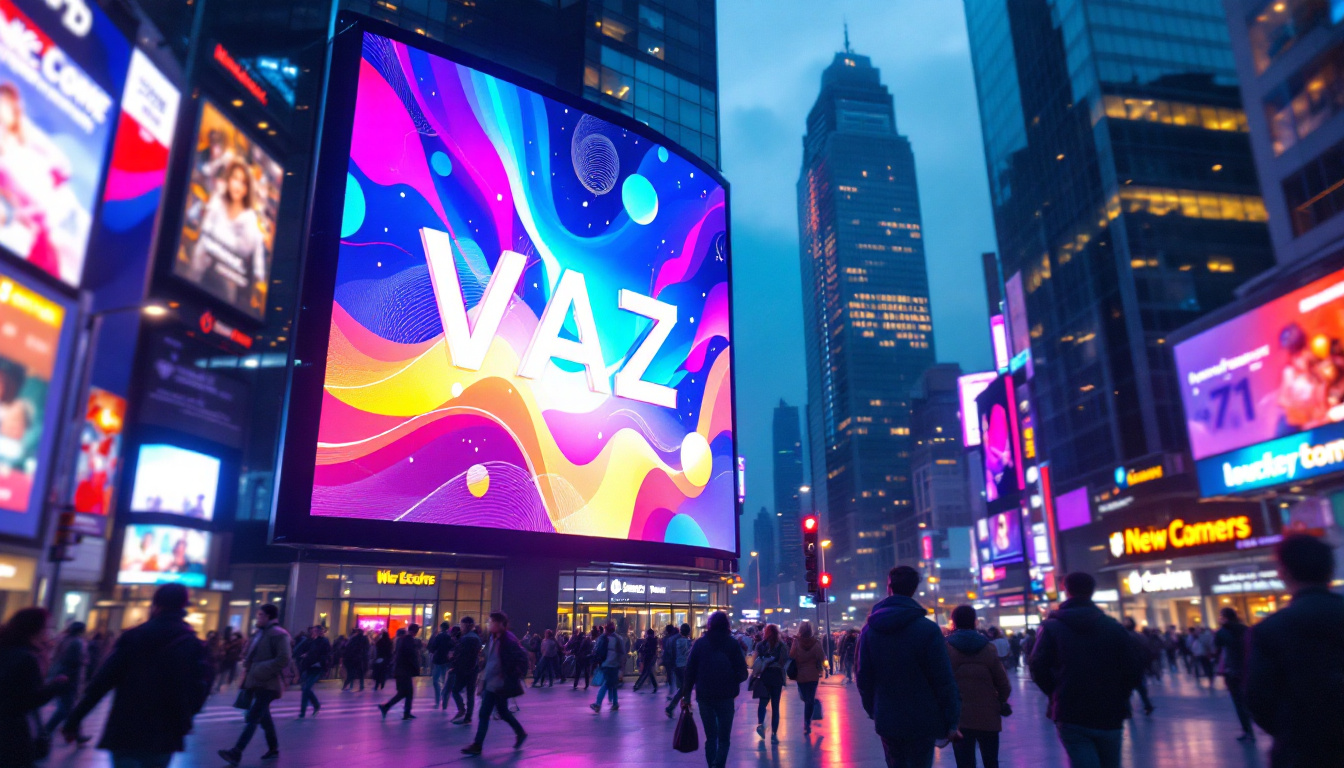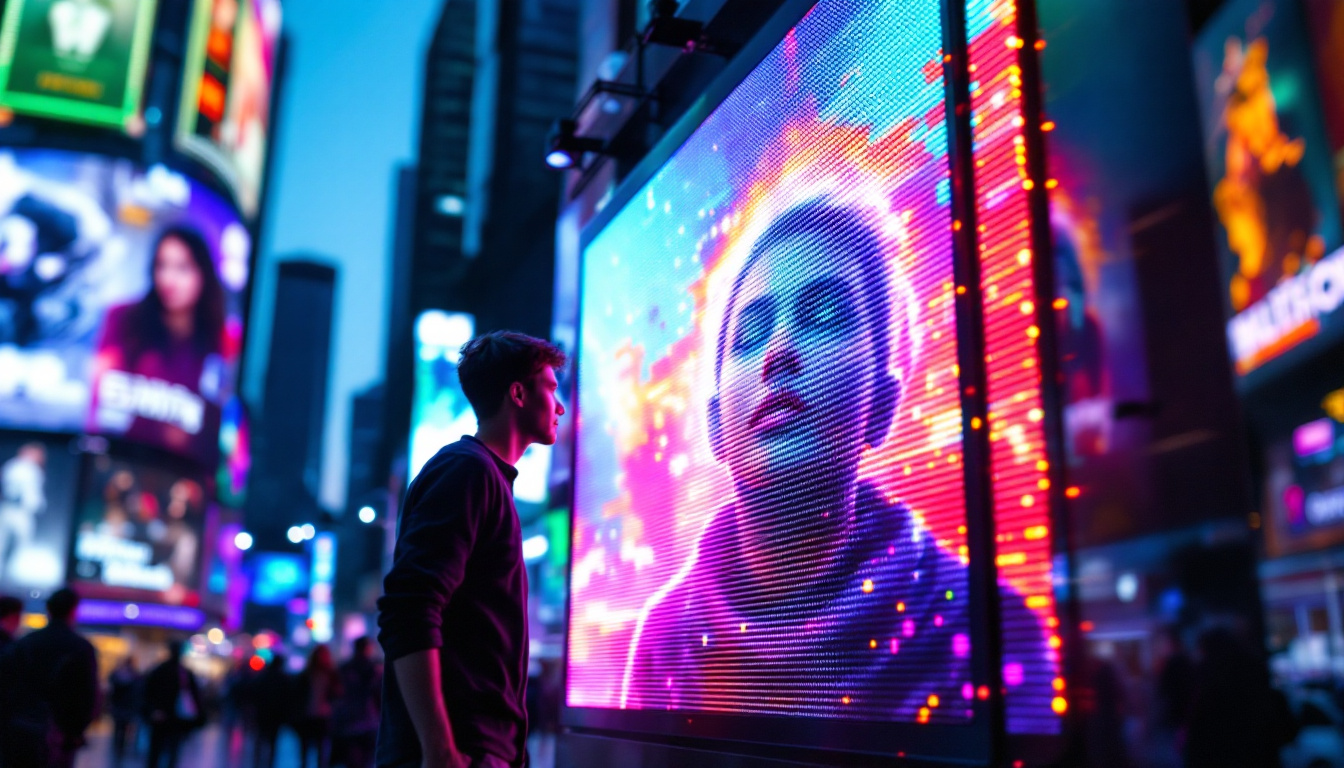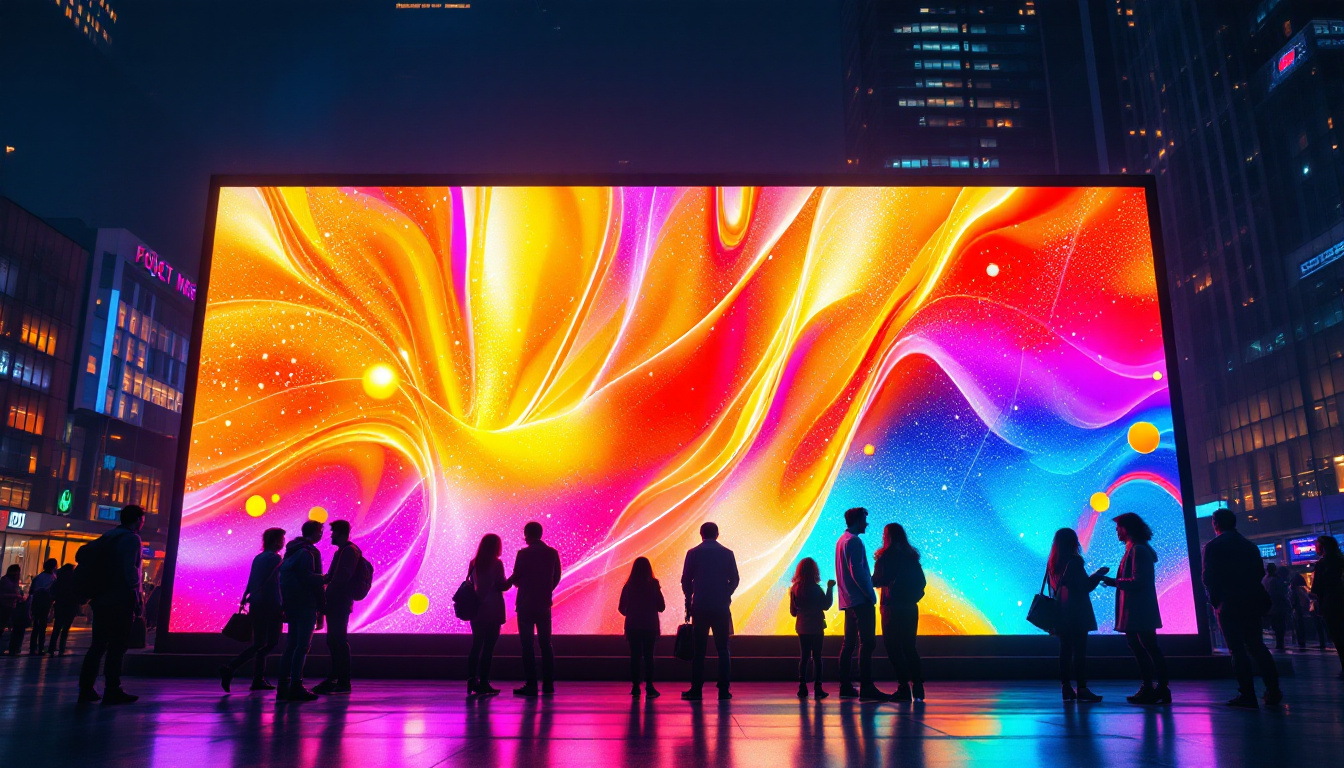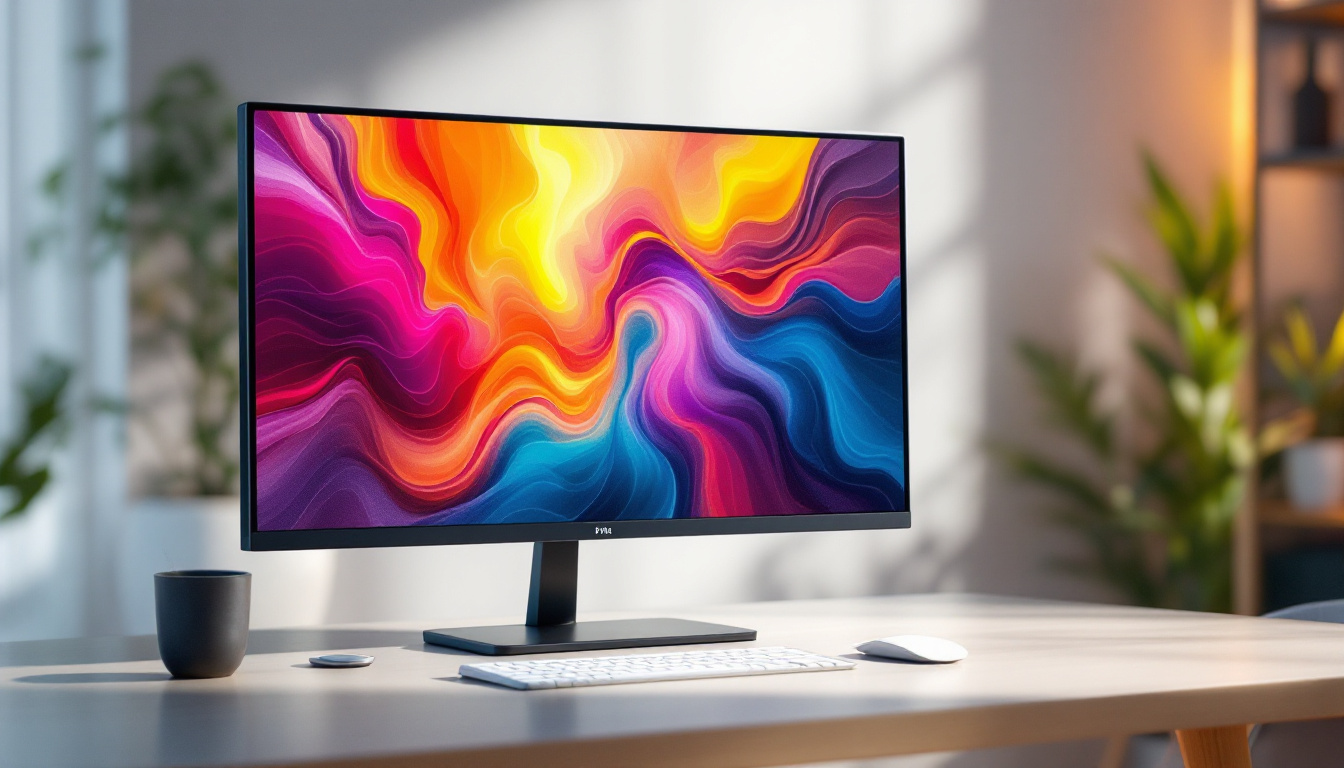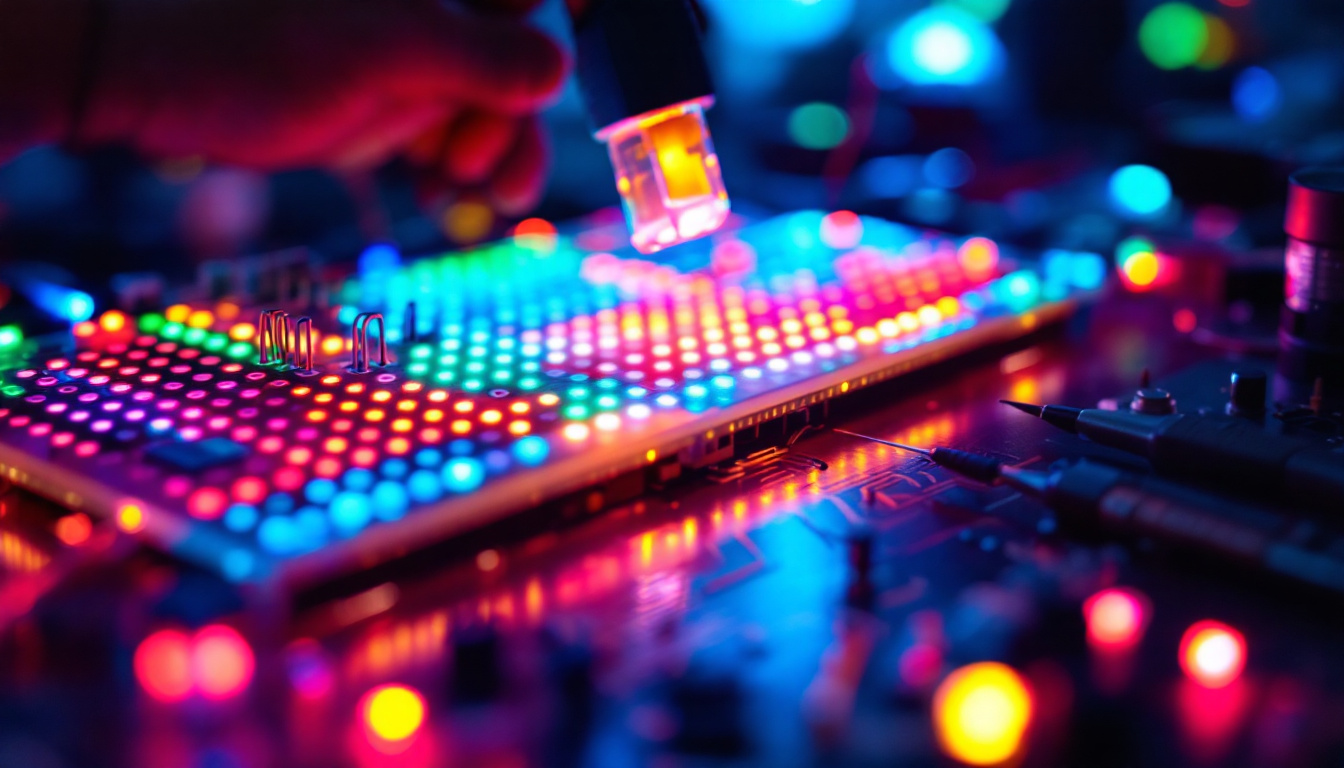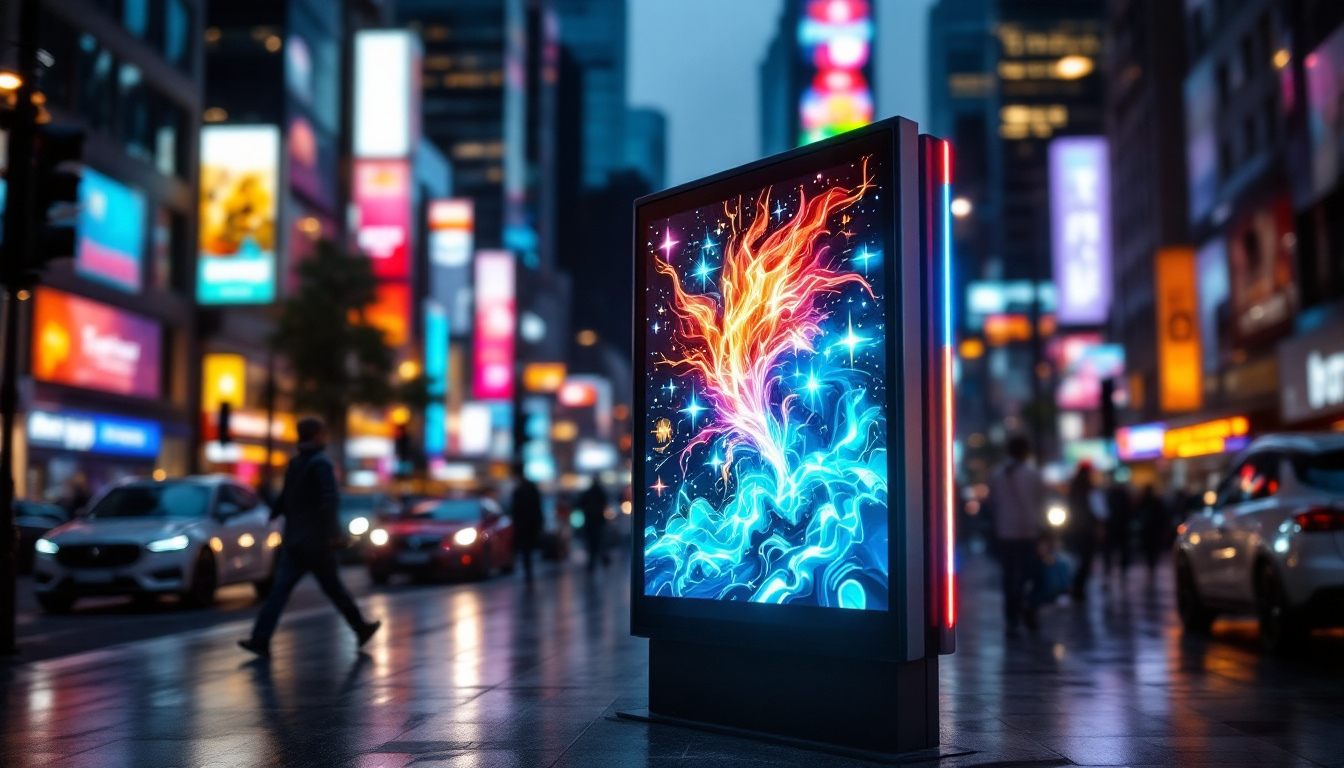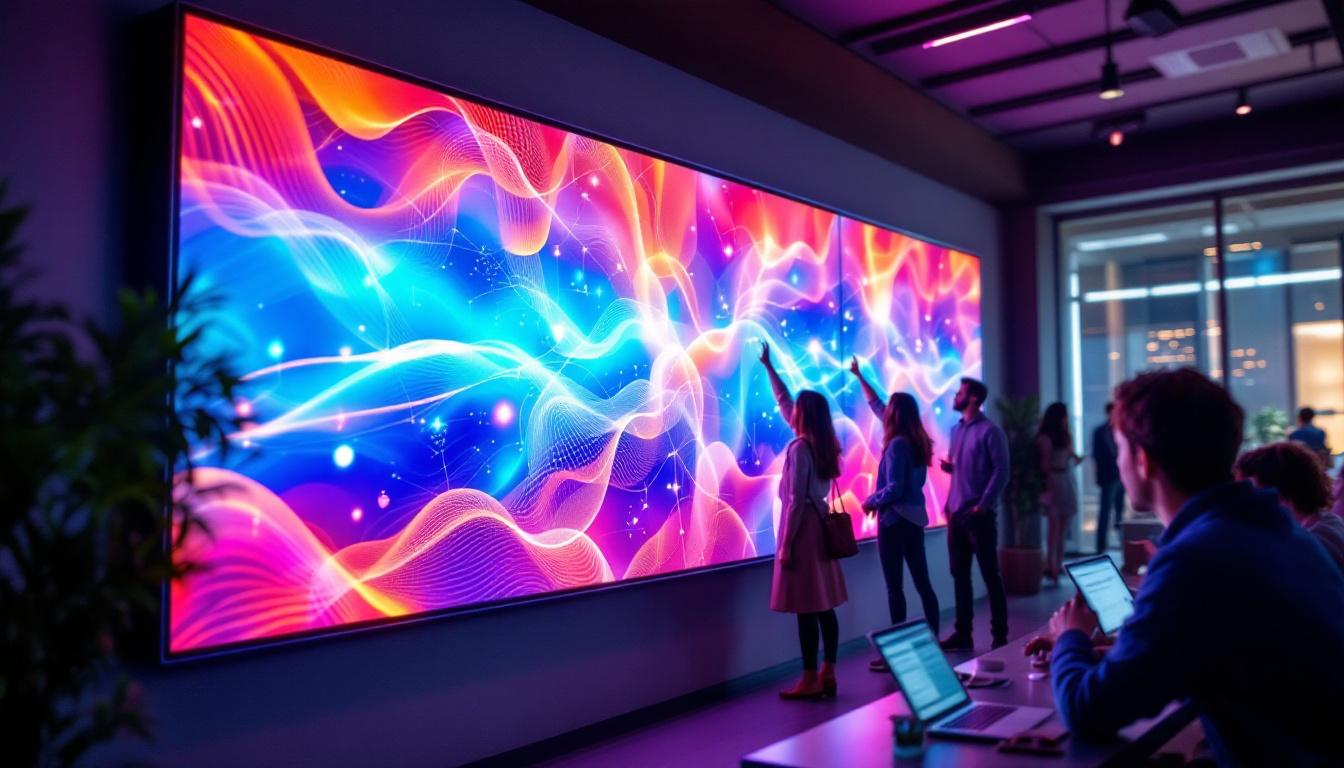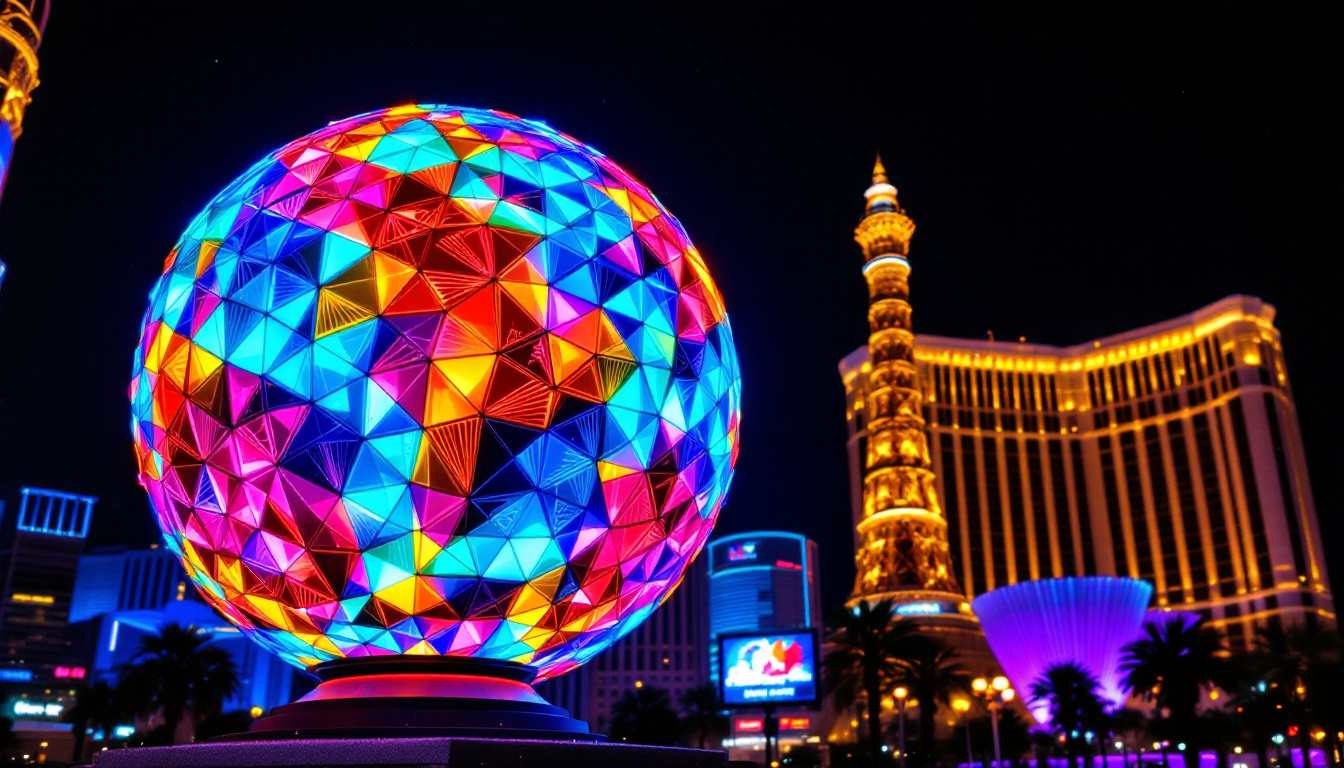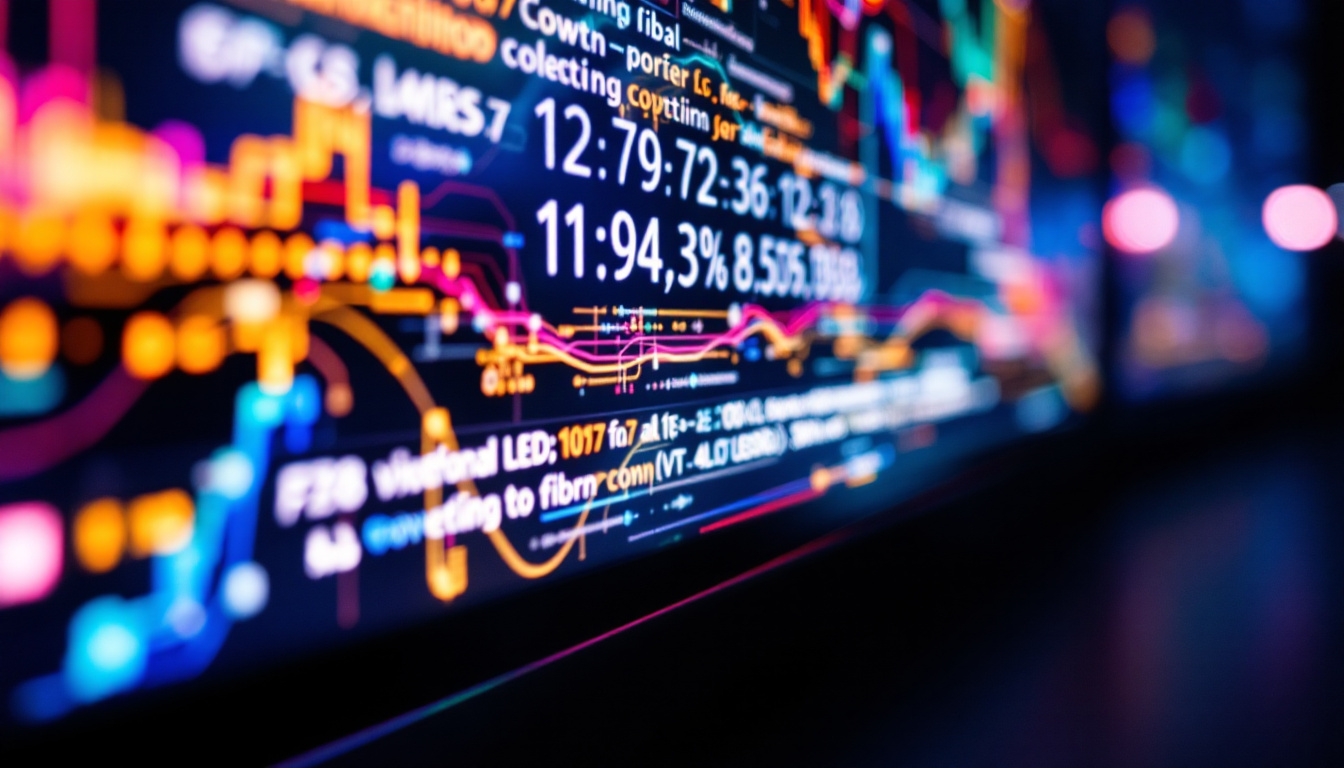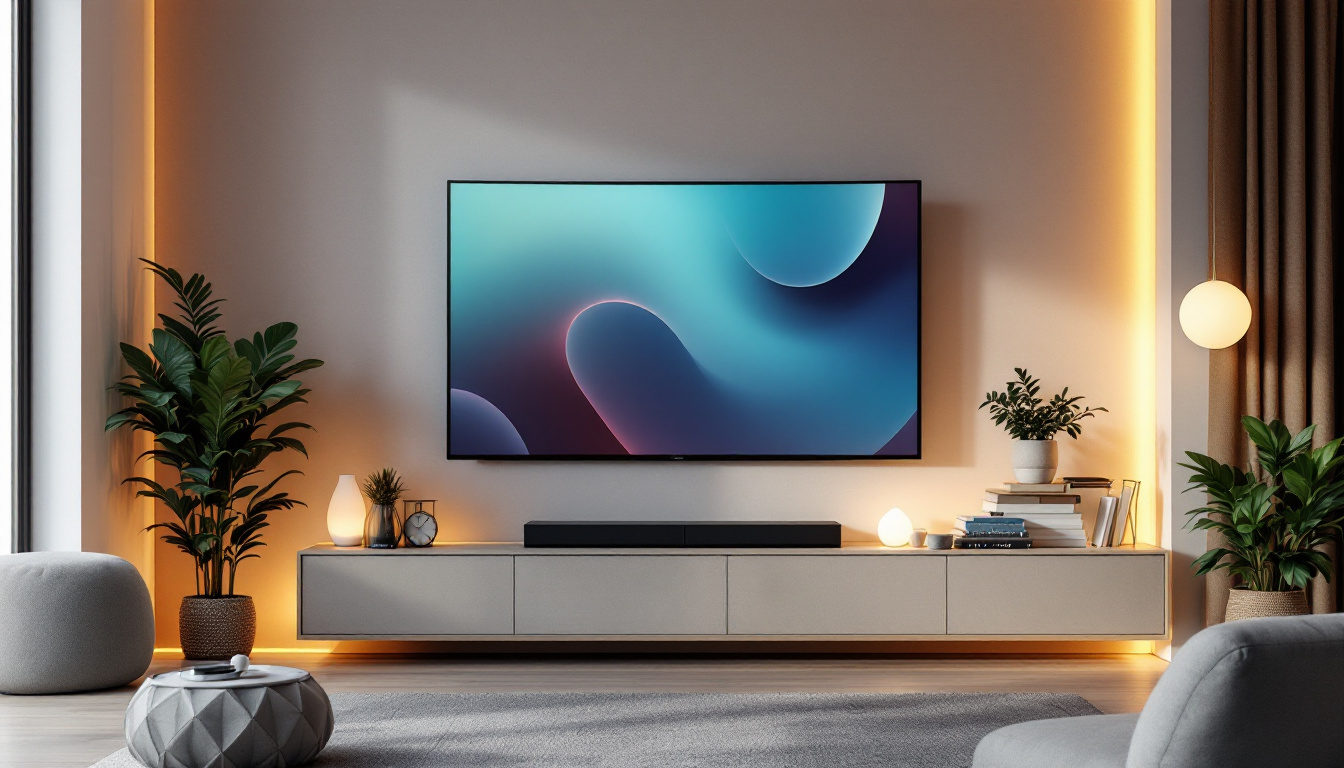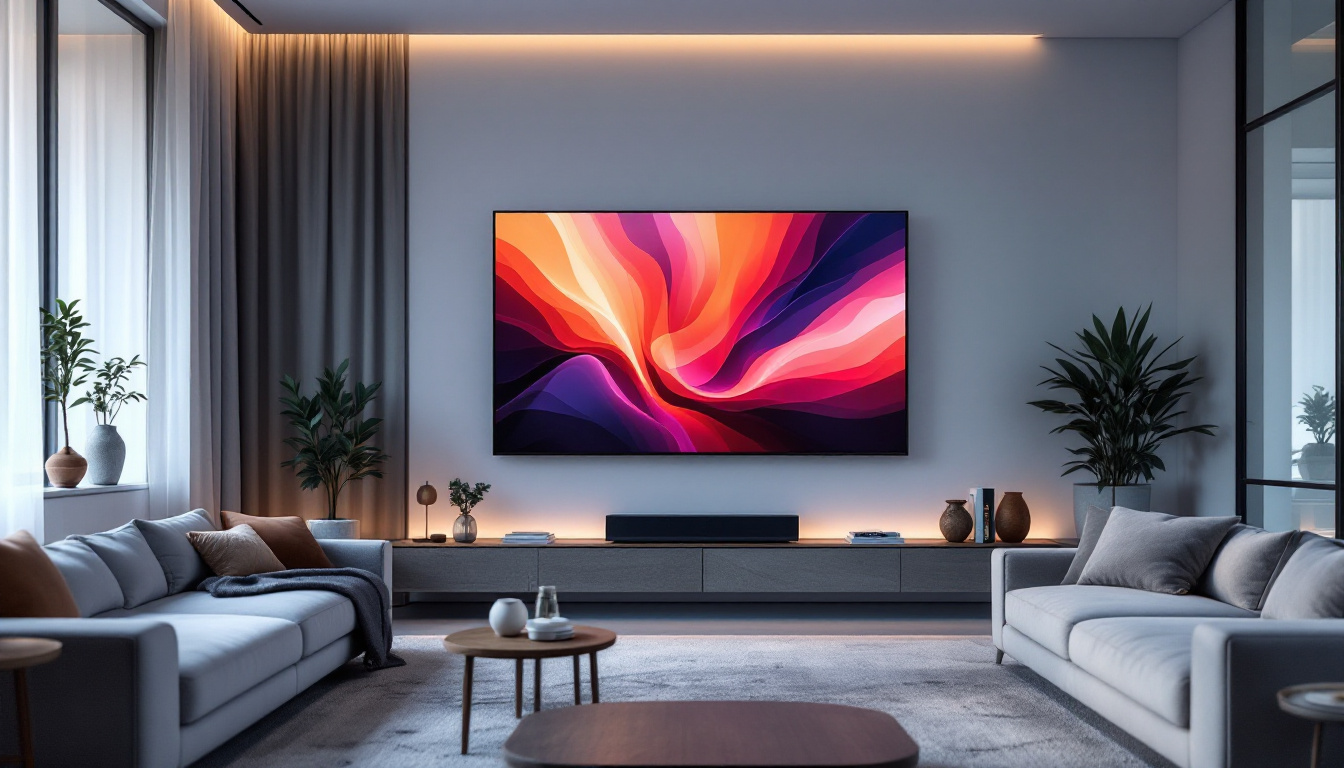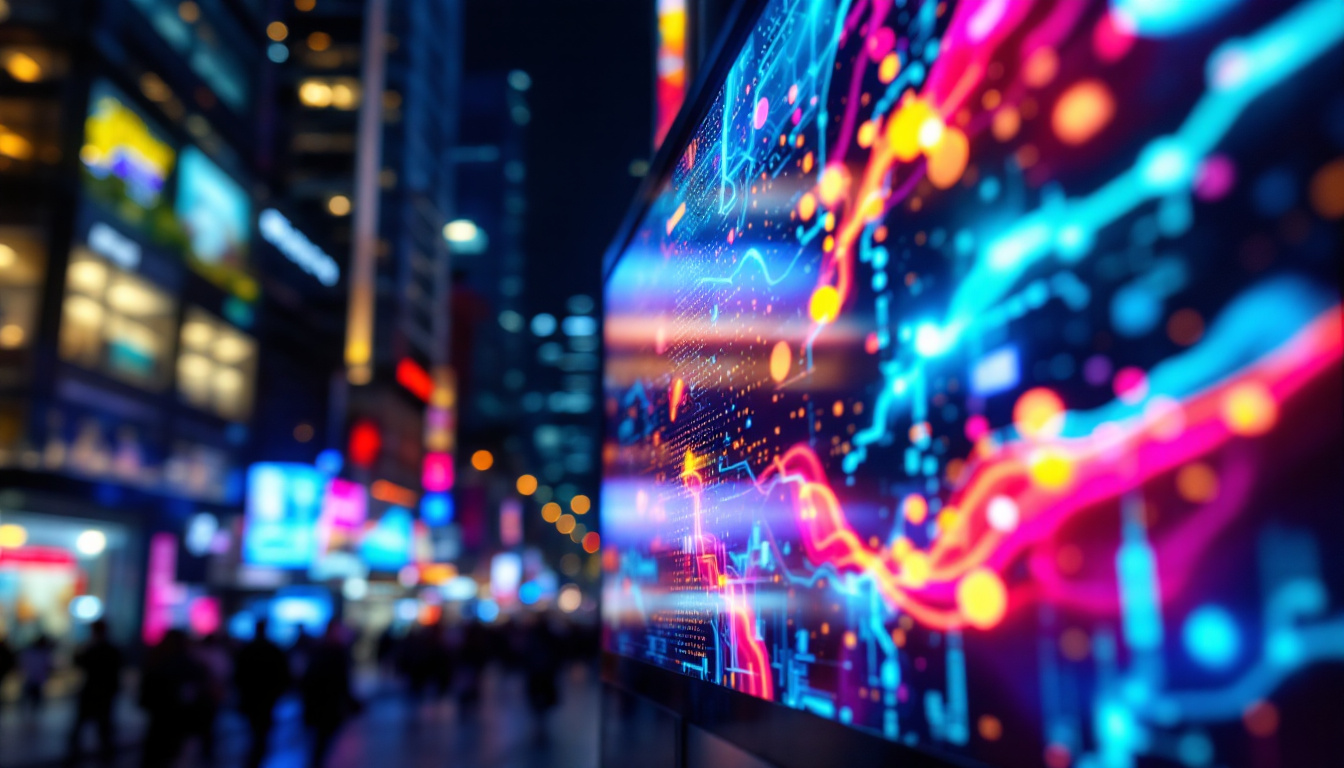The evolution of display technology has transformed the way information is presented and consumed. Among the various types of displays, LED (Light Emitting Diode) technology has emerged as a leading choice for both commercial and personal applications. This article delves into the intricacies of LED displays, focusing on their unique features, advantages, and the specific role of the plantar aspect in enhancing user experience.
Understanding LED Technology
LED technology utilizes semiconductor materials to emit light when an electric current passes through them. This fundamental principle underpins the operation of LED displays, which consist of numerous tiny light-emitting diodes arranged in a grid. The combination of these diodes allows for the creation of vibrant images, videos, and text.
The Basics of LED Displays
LED displays can be classified into two main categories: direct view and backlit. Direct view LED displays are composed of individual LEDs that create images directly, while backlit displays use LEDs to illuminate a liquid crystal display (LCD) panel. Each type has its own set of advantages and applications, making them suitable for various environments.
In recent years, advancements in LED technology have led to improved brightness, color accuracy, and energy efficiency. These enhancements have made LED displays a popular choice for everything from large outdoor billboards to small electronic devices. Moreover, the lifespan of LED components has significantly increased, often exceeding 50,000 hours, which translates to years of reliable performance, reducing the need for frequent replacements and maintenance.
Types of LED Displays
LED displays come in various forms, each tailored to specific needs and environments. The most common types include:
- Indoor LED Displays: These displays are designed for use in controlled environments such as shopping malls, airports, and conference centers. They typically offer high resolution and vibrant colors to attract attention.
- Outdoor LED Displays: Built to withstand the elements, outdoor LED displays are often used for advertising and public information. They feature higher brightness levels to ensure visibility in direct sunlight.
- Transparent LED Displays: This innovative type allows for a see-through design, making it ideal for retail environments where visibility through the display is essential.
Additionally, there are specialized LED displays such as curved and flexible models that can conform to unique architectural designs, enhancing the aesthetic appeal of installations. These displays are particularly popular in modern venues like theaters and concert halls, where they can create immersive experiences that engage audiences in unprecedented ways. Furthermore, advancements in smart LED technology have paved the way for interactive displays that can respond to user input, making them ideal for exhibitions and interactive advertising campaigns.
The integration of LED technology with smart systems has also led to the development of dynamic content management solutions, allowing for real-time updates and targeted messaging. This capability is especially beneficial for businesses looking to tailor their advertising strategies based on customer demographics or time-sensitive promotions. As a result, LED displays are not just a medium for visual communication; they have evolved into powerful tools for marketing and engagement, driving innovation across multiple sectors.
The Plantar Aspect of LED Displays
The term “plantar aspect” refers to the underside or bottom surface of an object. In the context of LED displays, this concept can be metaphorically applied to the foundational elements that support the functionality and effectiveness of the display. Understanding these underlying components is crucial for optimizing performance and ensuring longevity.
Key Components of LED Displays
Several critical components contribute to the overall performance of LED displays. These include:
- LED modules: These are the building blocks of LED displays, consisting of multiple LEDs arranged in a specific configuration. The quality and arrangement of these modules directly influence the display’s resolution and brightness.
- Power Supply: A reliable power supply is essential for maintaining consistent brightness and performance. Variations in power can lead to flickering or uneven lighting, which detracts from the viewing experience.
- Control System: The control system manages the content displayed on the screen. It allows for real-time updates and ensures that the images and videos are rendered accurately.
Importance of Calibration
Calibration is a crucial process in maximizing the performance of LED displays. This involves adjusting the color, brightness, and contrast settings to ensure that the display operates at its optimal level. Proper calibration not only enhances visual quality but also extends the lifespan of the display by preventing overheating and other issues.
Regular calibration is particularly important in environments where the display is used for critical applications, such as medical imaging or broadcasting. In these cases, even minor discrepancies in color or brightness can lead to significant misunderstandings or errors. Moreover, the calibration process can vary based on the specific use case; for instance, displays used in outdoor settings may require different adjustments compared to those used in controlled indoor environments. This adaptability is essential for achieving the best possible visual fidelity and ensuring that the content is perceived as intended by the audience.
Additionally, the calibration process often involves sophisticated software tools that analyze the display’s output and make necessary adjustments. These tools can measure color accuracy, luminance, and uniformity across the display surface. As technology evolves, newer calibration methods are being developed, including automated systems that can perform adjustments with minimal human intervention. This not only streamlines the calibration process but also ensures that displays maintain optimal performance over time, adapting to any changes in environmental conditions or usage patterns.
Advantages of LED Displays
LED displays offer numerous advantages over traditional display technologies, making them a preferred choice in various sectors. Understanding these benefits can help organizations make informed decisions when selecting display solutions.
Energy Efficiency
One of the most significant advantages of LED displays is their energy efficiency. Compared to traditional incandescent or fluorescent displays, LED technology consumes significantly less power. This reduction in energy consumption not only lowers operating costs but also contributes to environmental sustainability.
Furthermore, the longevity of LED displays means that they require less frequent replacements, further reducing waste and energy use associated with manufacturing and disposal. With a lifespan that can exceed 50,000 hours, LED displays not only minimize maintenance costs but also enhance the overall return on investment for businesses. This durability is particularly advantageous for installations in high-traffic areas or for events requiring continuous operation, as it ensures reliability without the need for constant upkeep.
Brightness and Visibility
LED displays are renowned for their exceptional brightness, making them ideal for outdoor applications where sunlight can wash out traditional displays. The ability to maintain clarity and vibrancy even in direct sunlight is a key selling point for businesses looking to attract attention.
Moreover, LED displays can be designed to offer wide viewing angles, ensuring that content remains visible from various positions. This feature is particularly beneficial in crowded environments where viewers may be positioned at different angles. Additionally, advancements in LED technology have led to improvements in color accuracy and contrast ratios, allowing for more dynamic and engaging visual experiences. This capability is especially useful in applications such as advertising, where capturing the audience’s attention is crucial, and in entertainment venues, where immersive visuals enhance the overall experience for attendees.
Applications of LED Displays
The versatility of LED displays has led to their widespread adoption across various industries. From advertising to entertainment, their applications are virtually limitless.
Advertising and Marketing
In the realm of advertising, LED displays have revolutionized the way brands communicate with consumers. Dynamic content can be displayed in real-time, allowing for timely promotions and engaging storytelling. Outdoor LED billboards, for example, can showcase multiple advertisements in a rotating format, maximizing exposure.
Additionally, the ability to incorporate video and animation enhances the overall impact of advertising campaigns, making them more memorable and effective.
Entertainment and Events
LED displays have become a staple in the entertainment industry, particularly in concert venues, theaters, and sports arenas. Large-scale LED screens are used to enhance the audience experience, providing visual effects that complement live performances.
Moreover, during events such as conferences and exhibitions, LED displays serve as powerful tools for presentations, ensuring that information is conveyed clearly and engagingly to attendees.
Future Trends in LED Display Technology
The future of LED display technology is promising, with ongoing advancements set to further enhance their capabilities. As technology evolves, several trends are emerging that could shape the landscape of LED displays.
Flexible and Curved Displays
One of the most exciting developments in LED technology is the emergence of flexible and curved displays. These innovative designs allow for unique installations that can adapt to various environments and architectural features. Retailers, for instance, can create immersive shopping experiences by integrating curved displays into their store layouts.
Flexible displays also open up new possibilities for wearable technology, enabling the integration of LED screens into clothing and accessories.
Smart LED Displays
As the Internet of Things (IoT) continues to gain traction, smart LED displays are becoming increasingly prevalent. These displays can connect to the internet, allowing for remote management and real-time updates. This connectivity enables businesses to tailor content based on audience demographics, weather conditions, or even social media trends.
Furthermore, smart LED displays can incorporate sensors to gather data on viewer engagement, providing valuable insights for optimizing advertising strategies.
Conclusion
LED displays have undoubtedly transformed the way information is presented and consumed across various sectors. Their energy efficiency, brightness, and versatility make them an ideal choice for advertising, entertainment, and beyond. Understanding the plantar aspect of LED displays— the foundational components and technologies that support their functionality— is essential for maximizing their potential.
As technology continues to evolve, the future of LED displays looks bright, with innovations such as flexible designs and smart connectivity set to redefine the landscape. Embracing these advancements will enable businesses and organizations to enhance their communication strategies and engage audiences in new and exciting ways.
Explore the Future of Visual Communication with LumenMatrix
As you consider the vast potential and advancements in LED display technology, take the next step with LumenMatrix. Our commitment to innovation positions us at the forefront of the industry, offering a wide array of LED display solutions that cater to your unique needs. From Indoor and Outdoor LED Wall Displays to specialized options like Vehicle, Sports, and Floor LED Displays, LumenMatrix is dedicated to enhancing your brand’s visibility and creating immersive visual experiences. Embrace the revolution in visual communication and Check out LumenMatrix LED Display Solutions today to captivate your audience and deliver your message with unparalleled impact and clarity.

